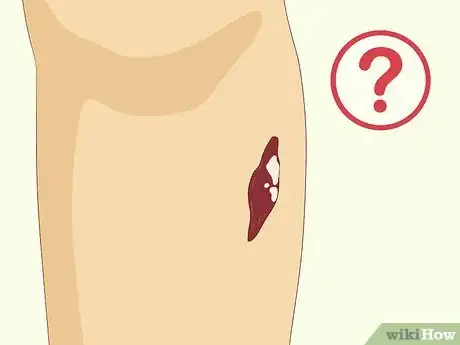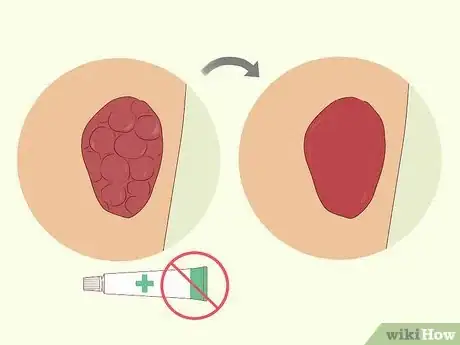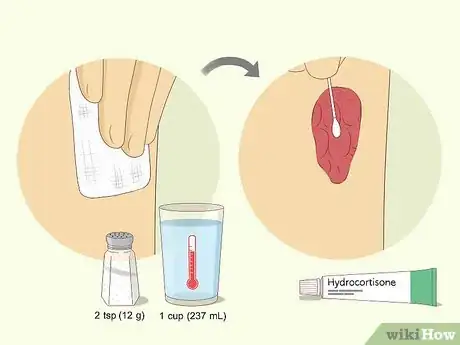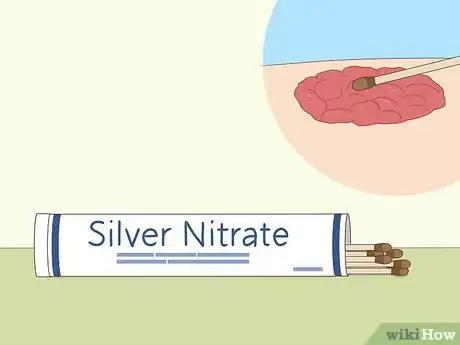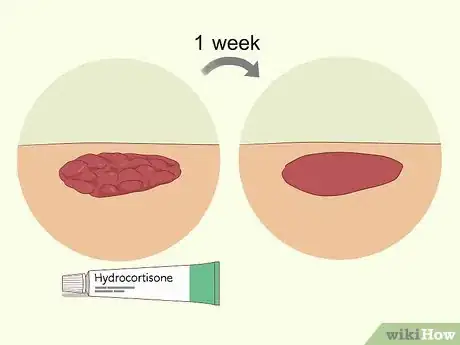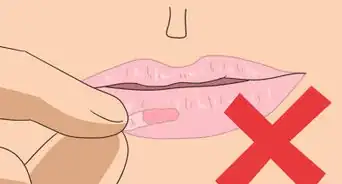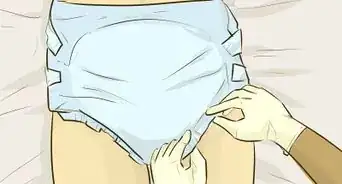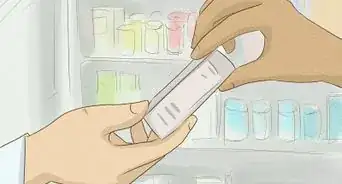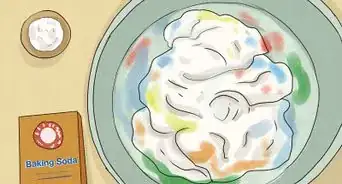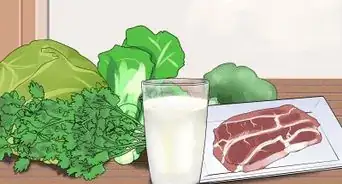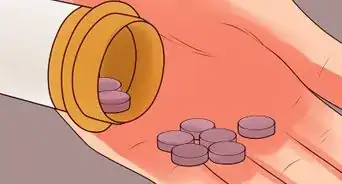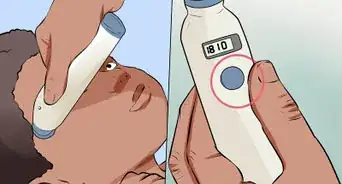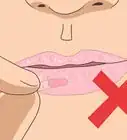This article was co-authored by wikiHow staff writer, Jennifer Mueller, JD. Jennifer Mueller is a wikiHow Content Creator. She specializes in reviewing, fact-checking, and evaluating wikiHow's content to ensure thoroughness and accuracy. Jennifer holds a JD from Indiana University Maurer School of Law in 2006.
There are 8 references cited in this article, which can be found at the bottom of the page.
This article has been viewed 2,813 times.
Granulation tissue naturally forms when a wound is healing, but too much of this tissue results in a condition known as "hypergranulation." Hypergranulated tissue is usually swollen or bumpy, red, and painful. You might also notice that it has a wet appearance or bleeds easily. Hypergranulation tissue can be irritating and slow the wound healing process, but it's usually relatively easy to treat.[1] Here, we've gathered answers to some of your most common questions about treating hypergranulation.
Steps
References
- ↑ https://www.podiatrytoday.com/blogged/keys-diagnosing-and-addressing-hypergranulation-tissue
- ↑ https://www.woundsinternational.com/uploads/resources/content_9839.pdf
- ↑ https://www.podiatrytoday.com/blogged/keys-diagnosing-and-addressing-hypergranulation-tissue
- ↑ https://www.aci.health.nsw.gov.au/__data/assets/pdf_file/0019/273700/hypergranulation.pdf
- ↑ https://www.aboutkidshealth.ca/article?contentid=2907&language=english
- ↑ https://www.aboutkidshealth.ca/article?contentid=3019&language=english
- ↑ https://www.woundsinternational.com/uploads/resources/content_9839.pdf
- ↑ https://blog.wcei.net/2016/02/warm-wound-healing-its-all-about-foam-dressings
- ↑ https://www.aci.health.nsw.gov.au/__data/assets/pdf_file/0019/273700/hypergranulation.pdf
- ↑ https://www.aboutkidshealth.ca/article?contentid=2907&language=english
- ↑ http://policyandorders.cw.bc.ca/resource-gallery/Documents/BC%20Children's%20Hospital/CC.16.15%20Topical%20Application%20of%20Silver%20Nitrate%20for%20Treatment%20of%20Hypergranulation%20Tissue%20at%20the%20Tube%20Sites.pdf
- ↑ https://pubmed.ncbi.nlm.nih.gov/18189058/
- ↑ https://www.aci.health.nsw.gov.au/__data/assets/pdf_file/0019/273700/hypergranulation.pdf
- ↑ https://www.aboutkidshealth.ca/article?contentid=3019&language=english
- ↑ http://policyandorders.cw.bc.ca/resource-gallery/Documents/BC%20Children's%20Hospital/CC.16.15%20Topical%20Application%20of%20Silver%20Nitrate%20for%20Treatment%20of%20Hypergranulation%20Tissue%20at%20the%20Tube%20Sites.pdf
